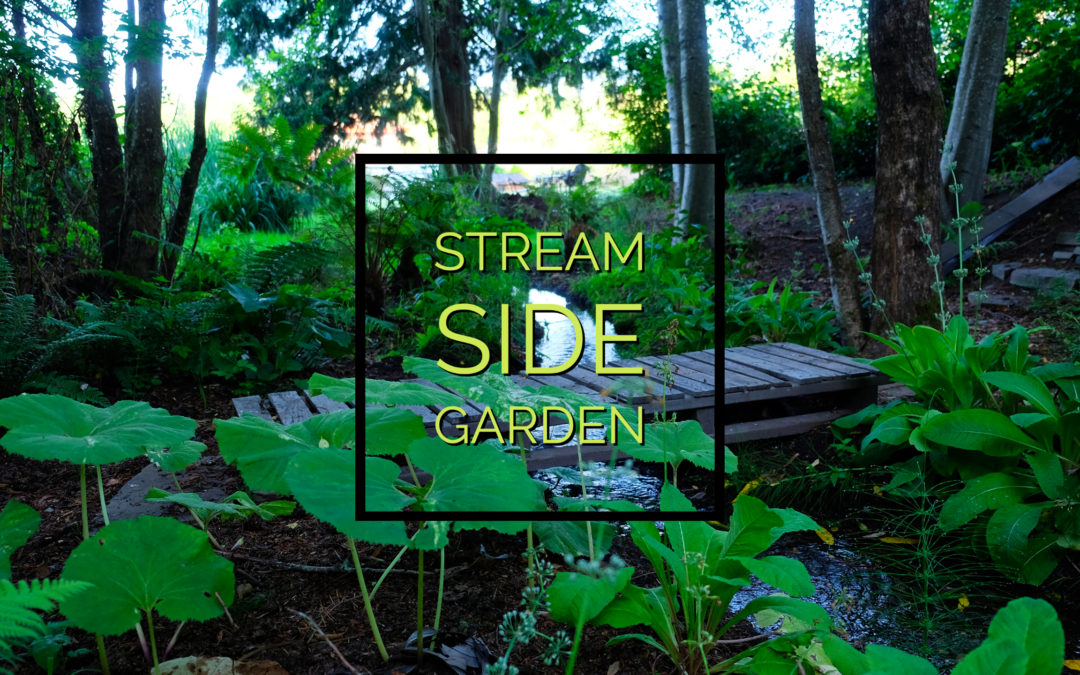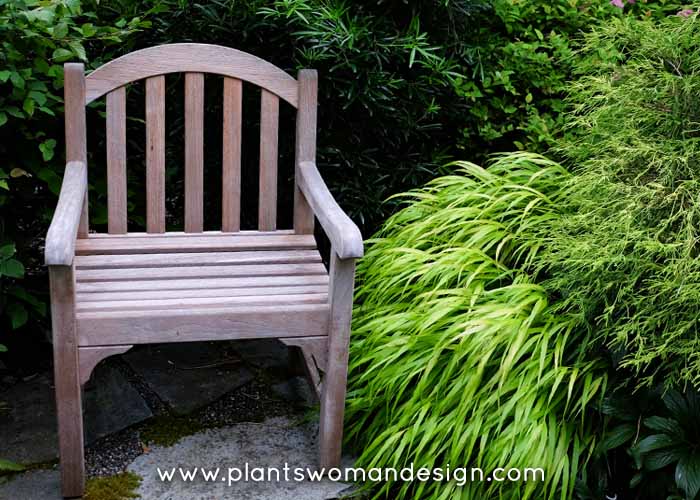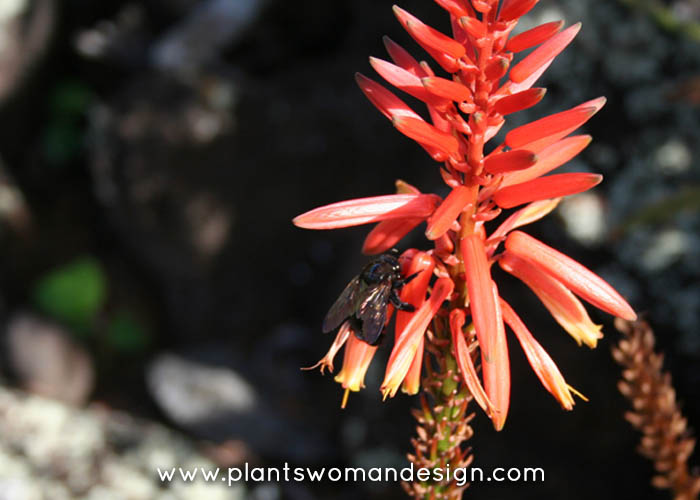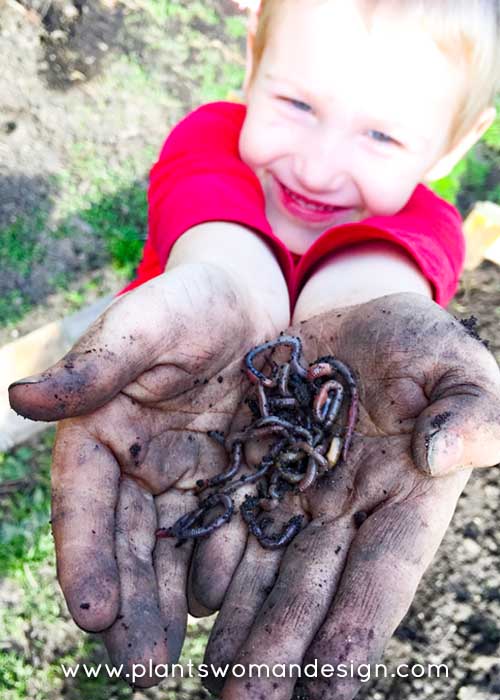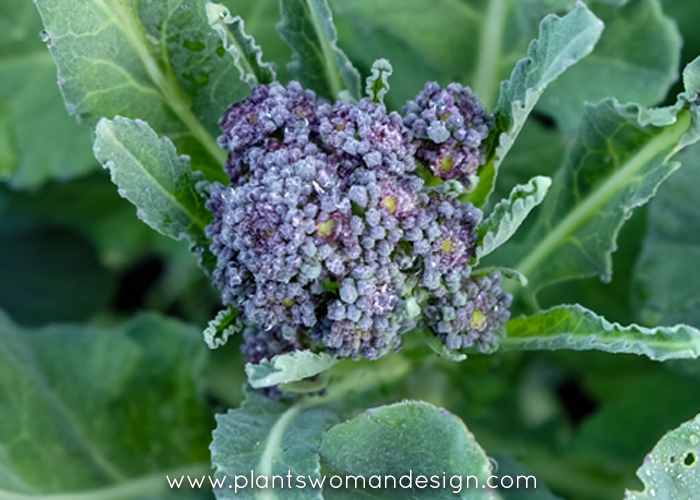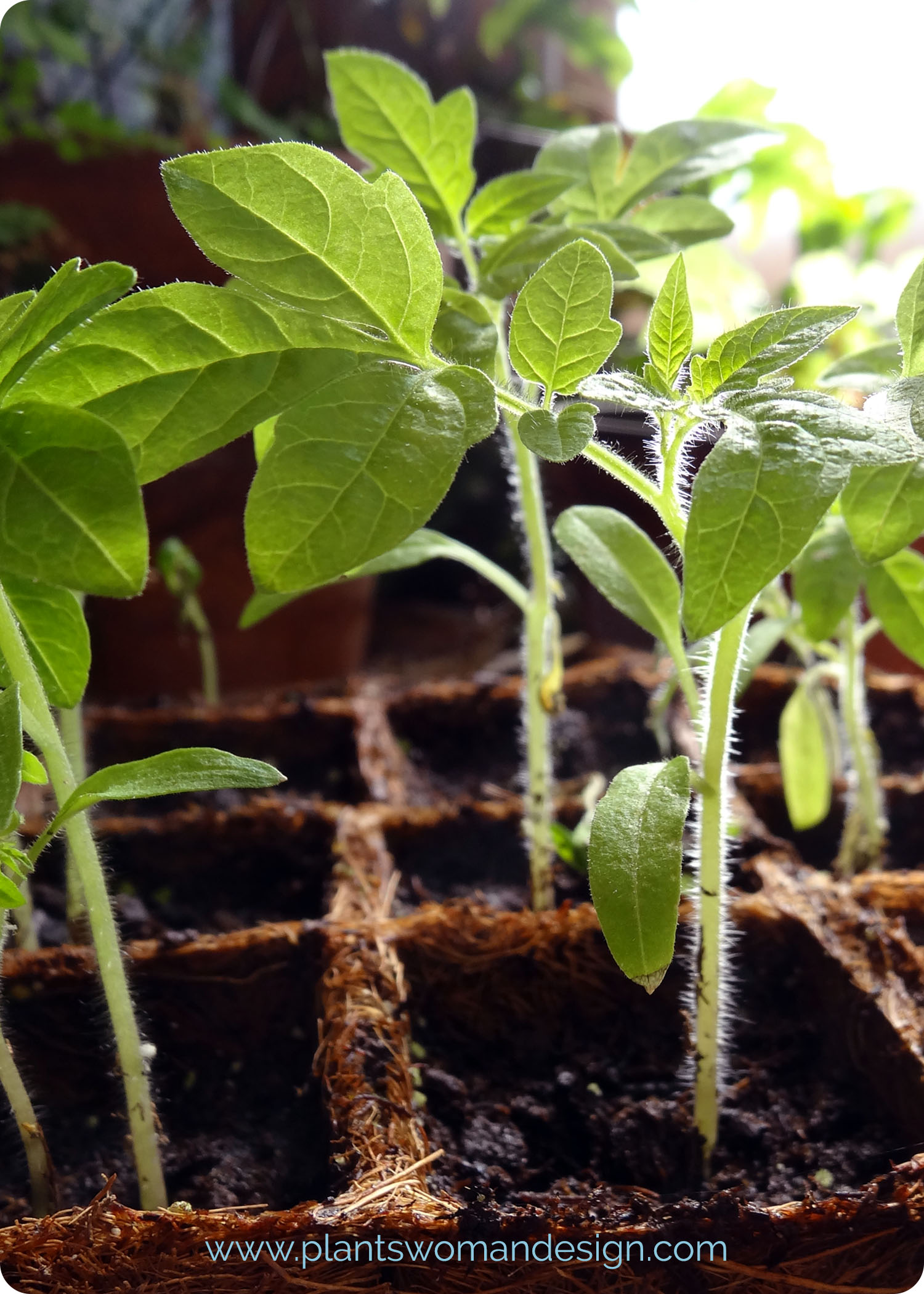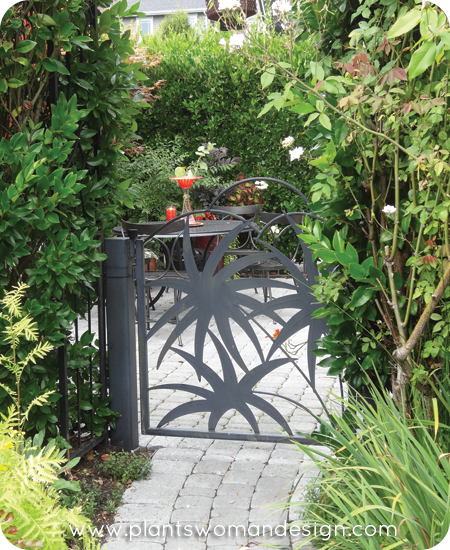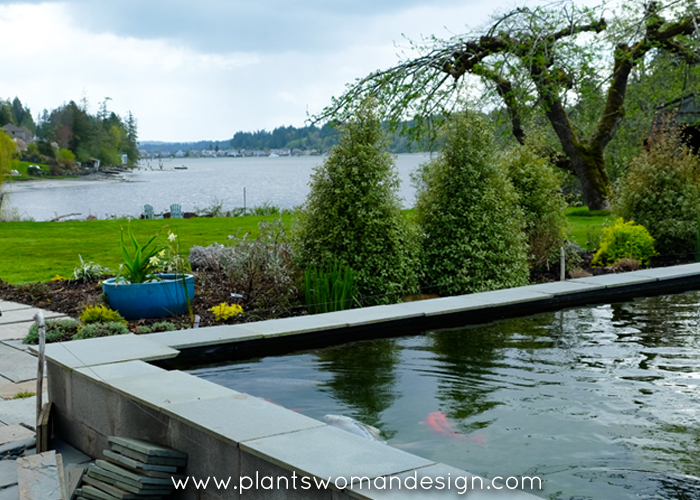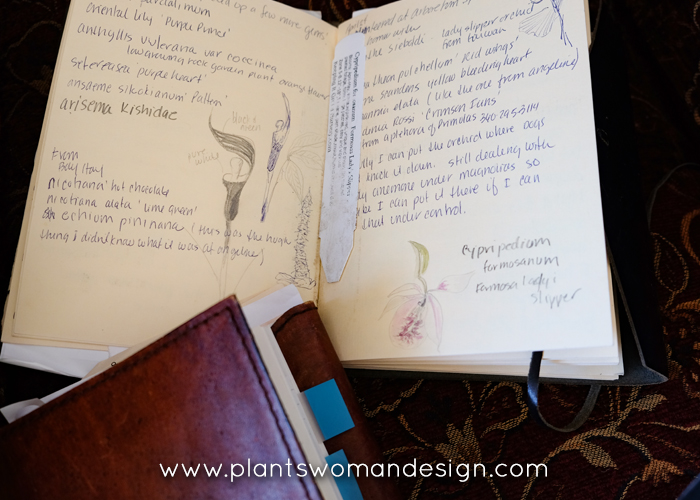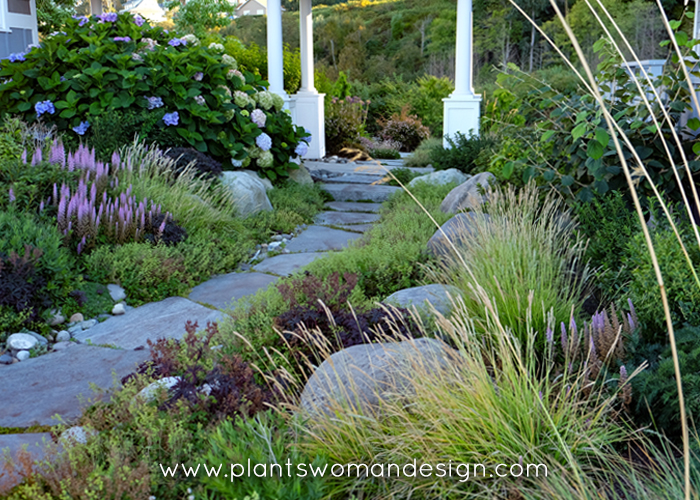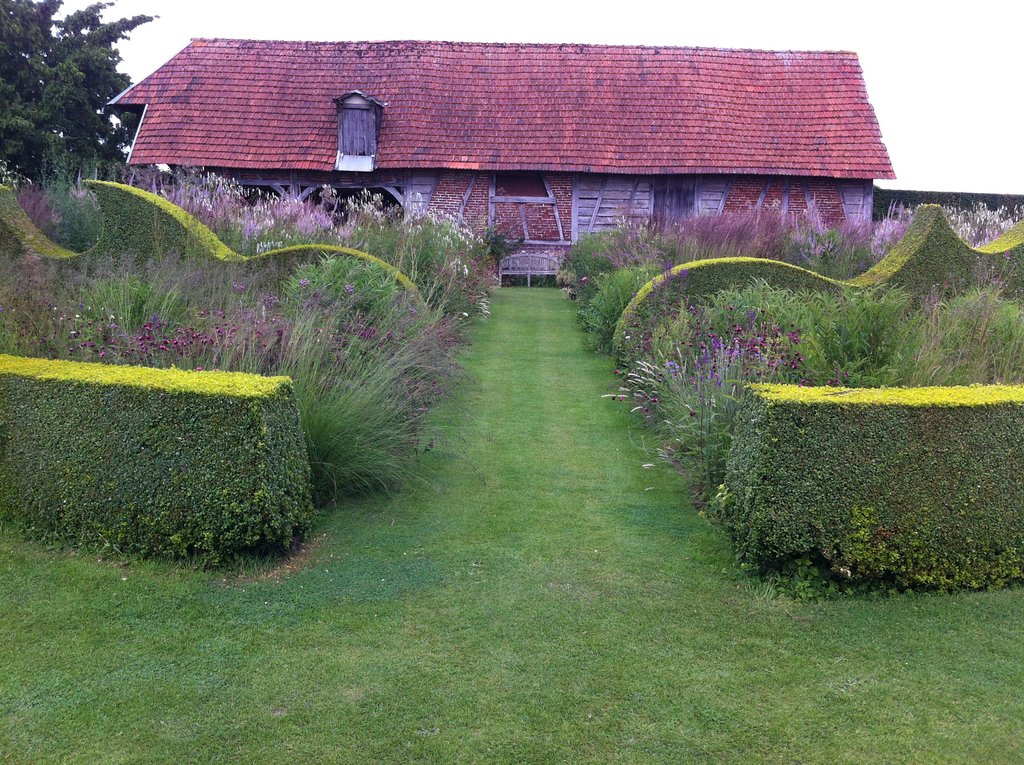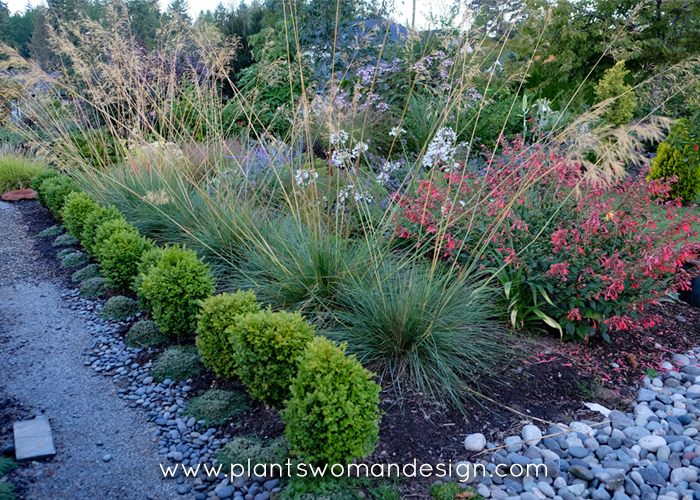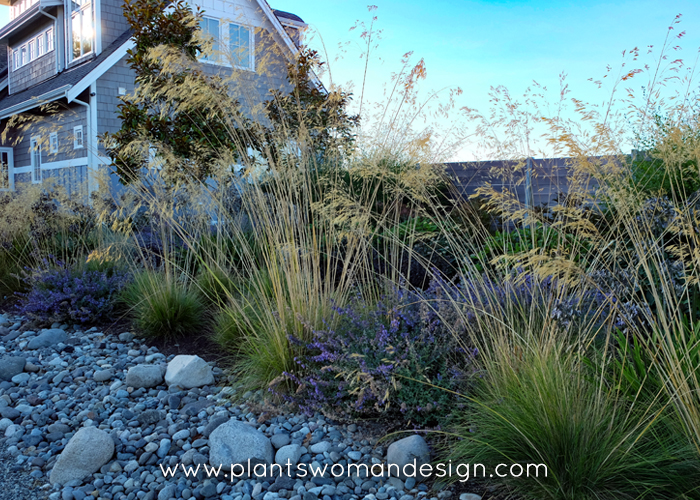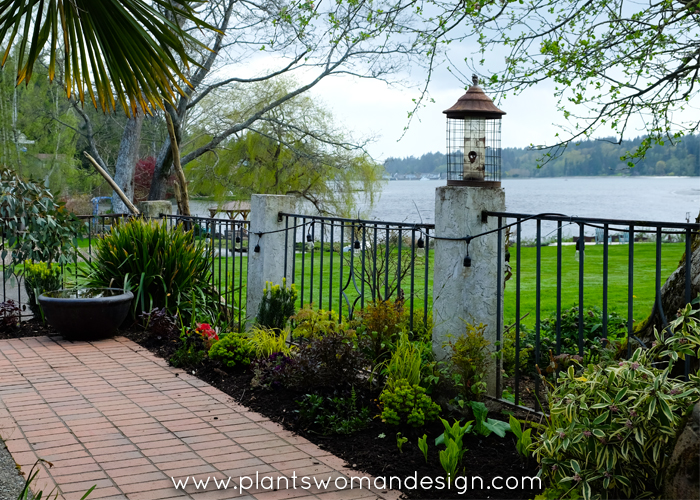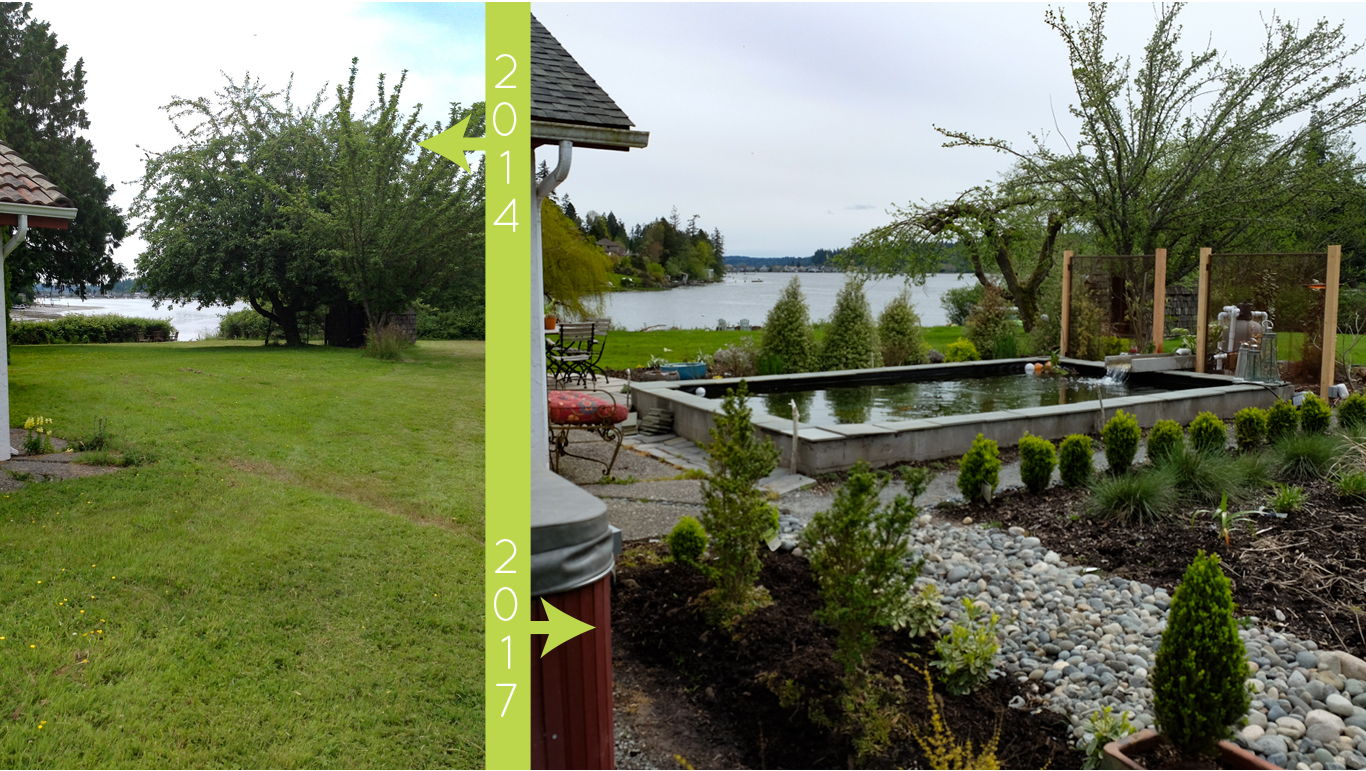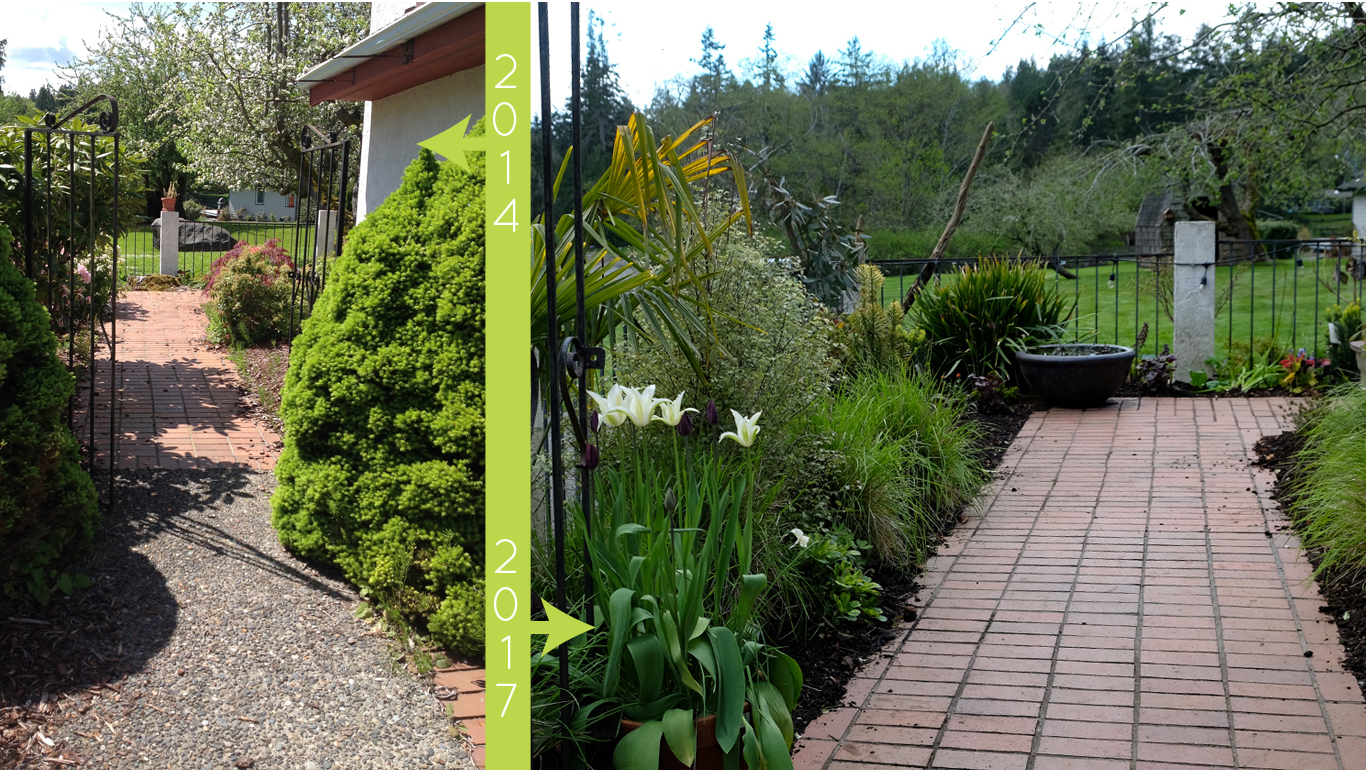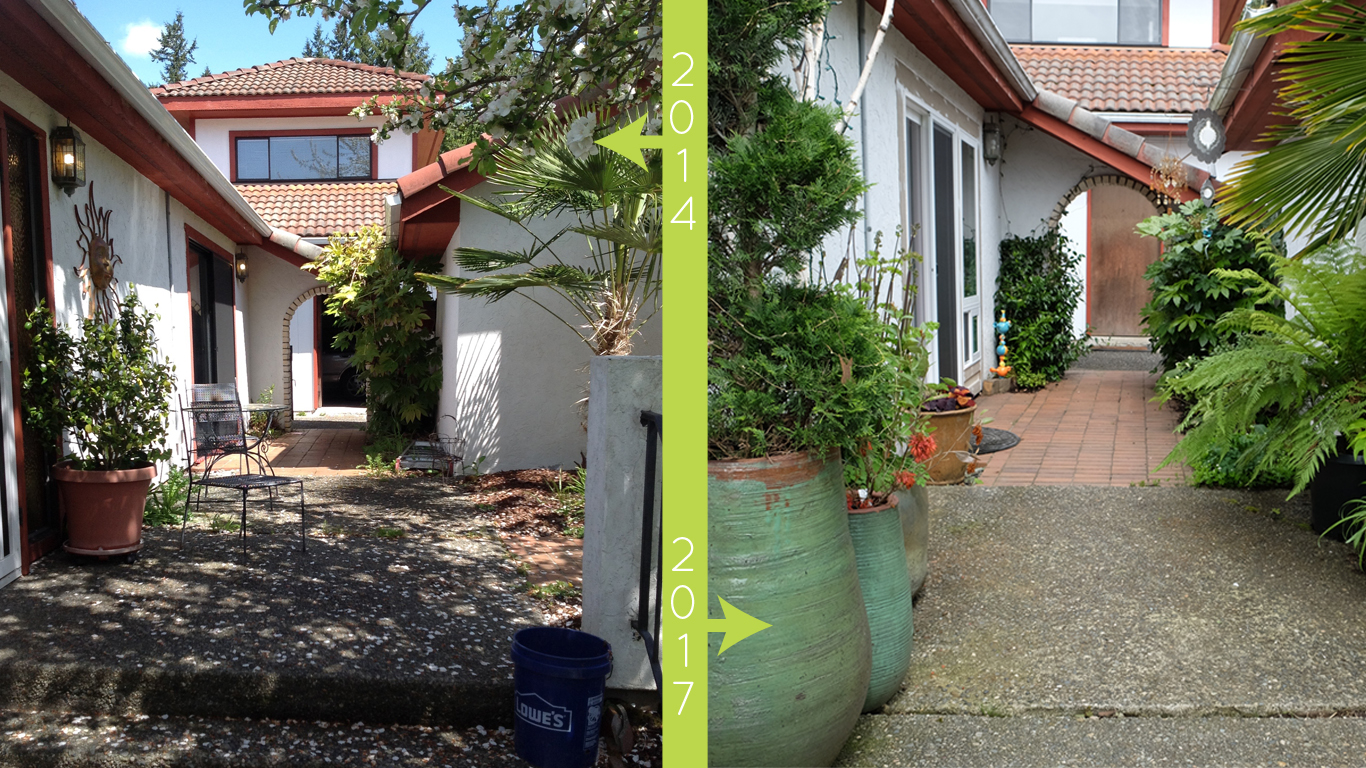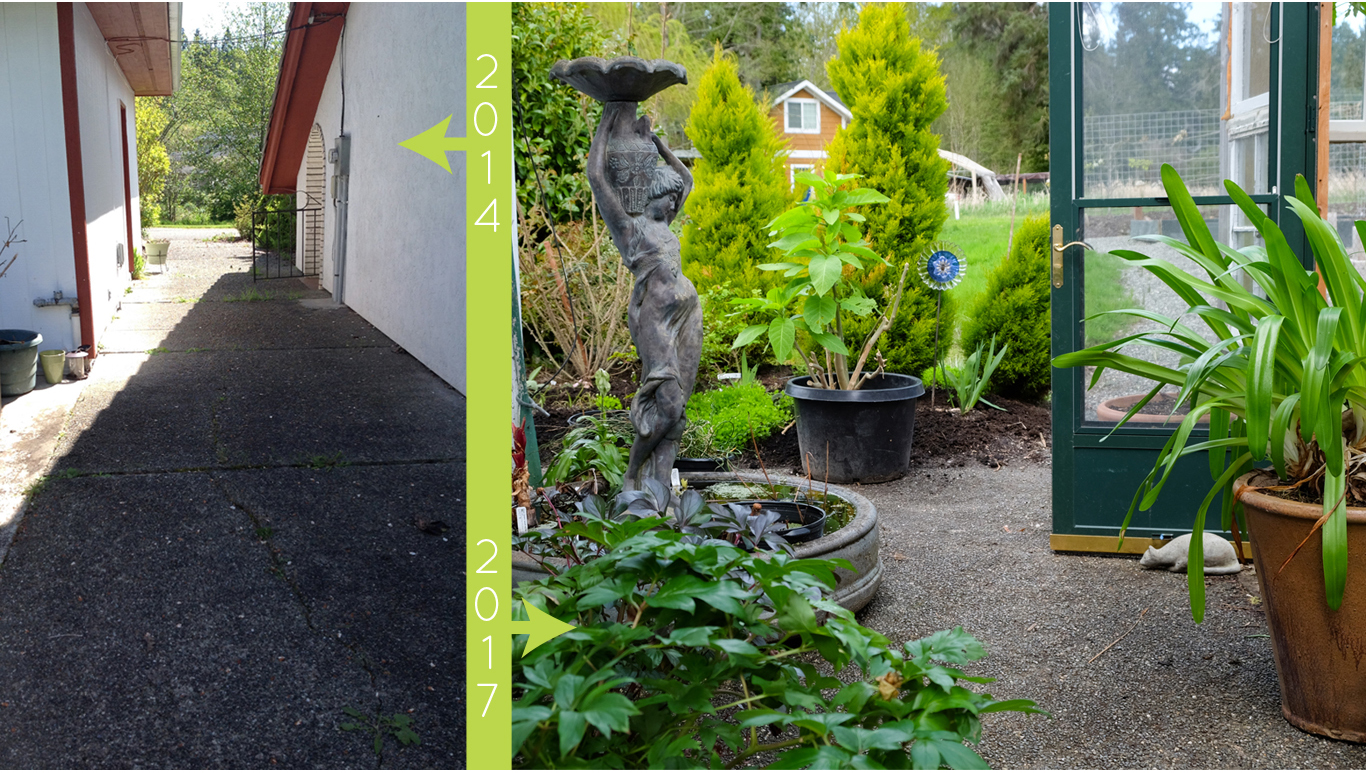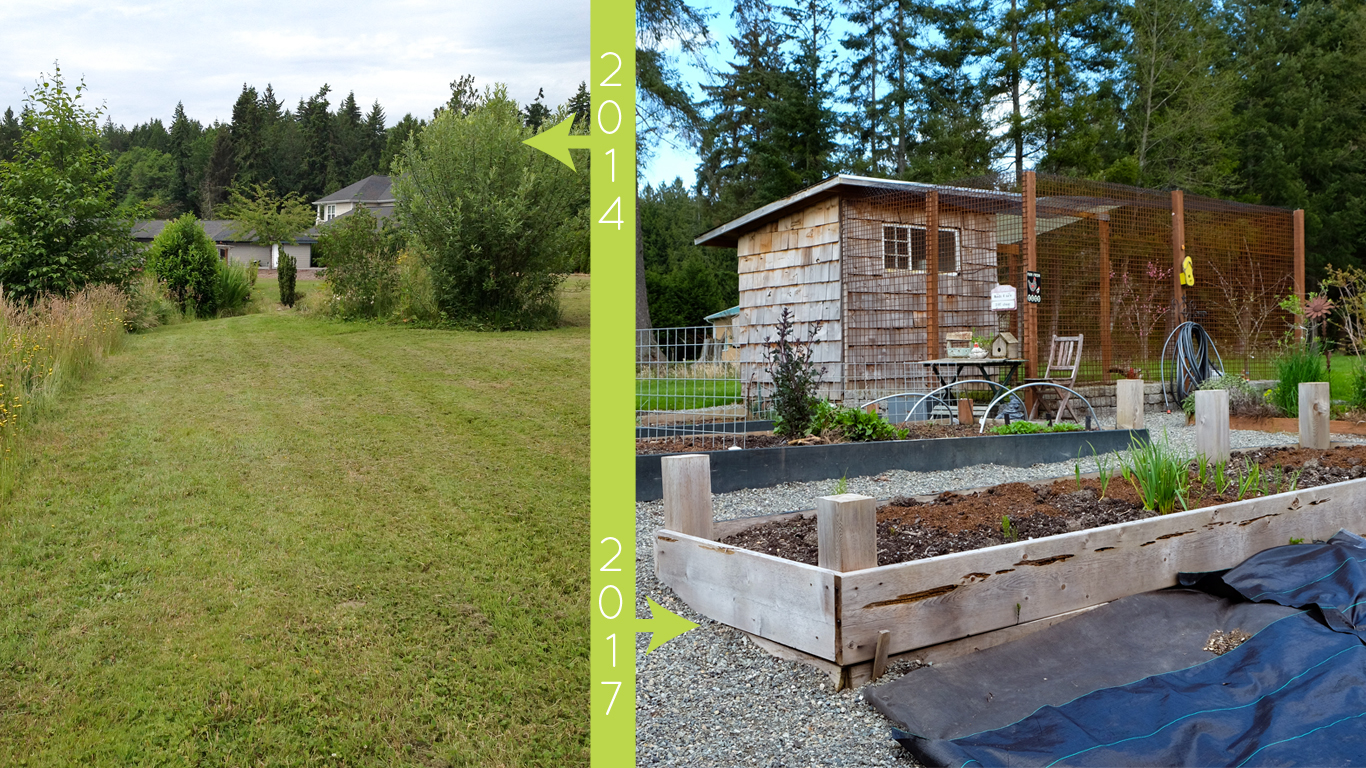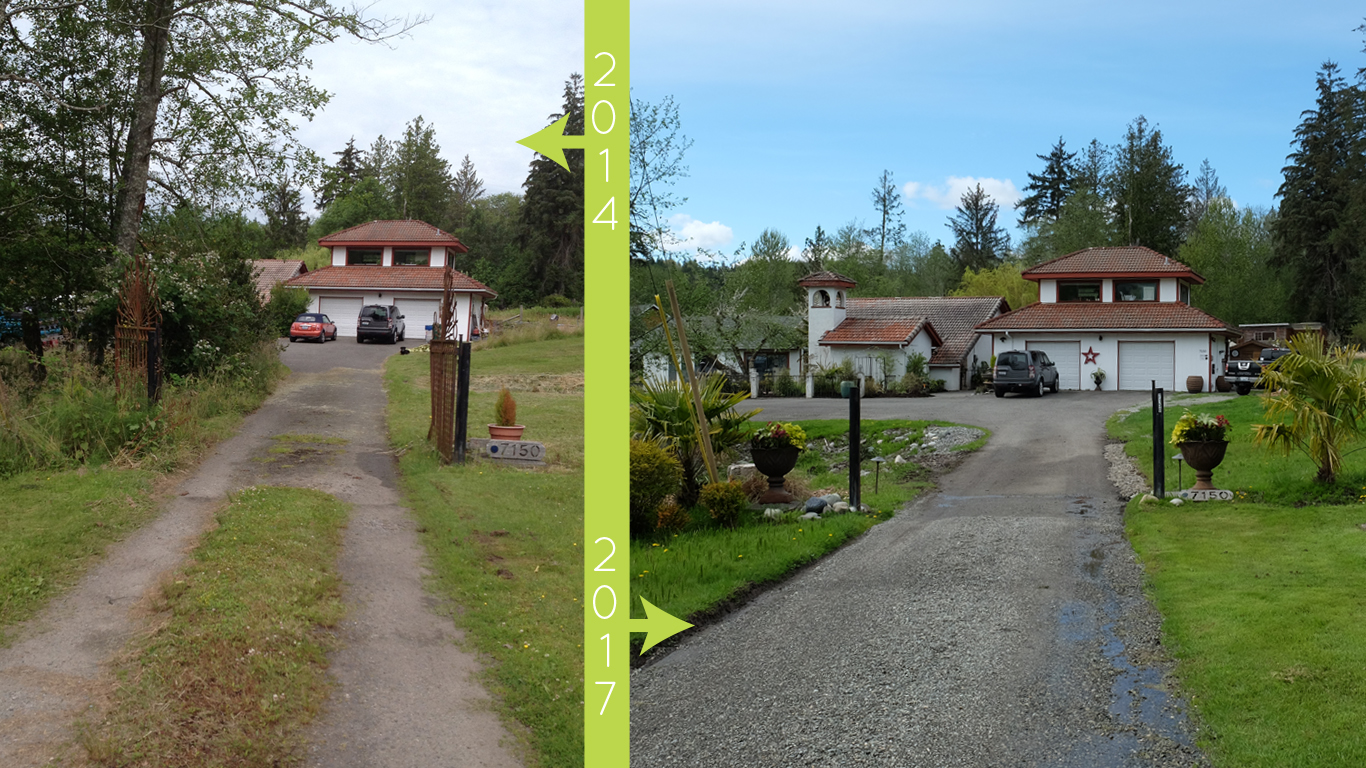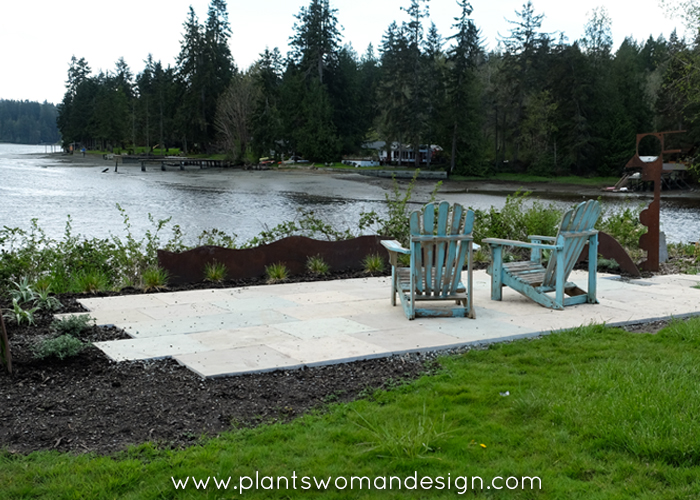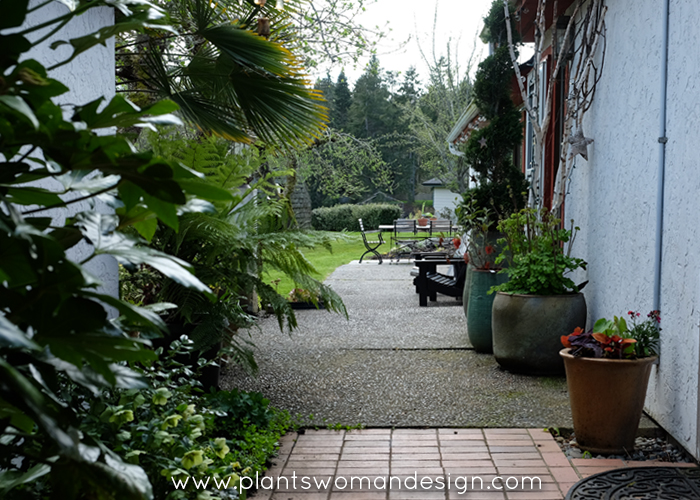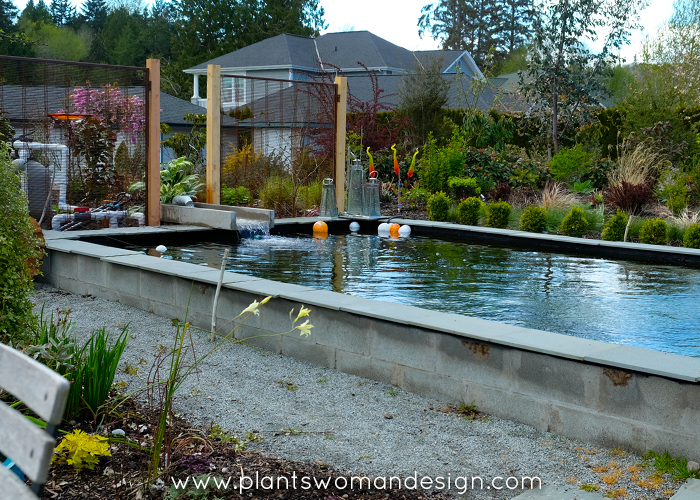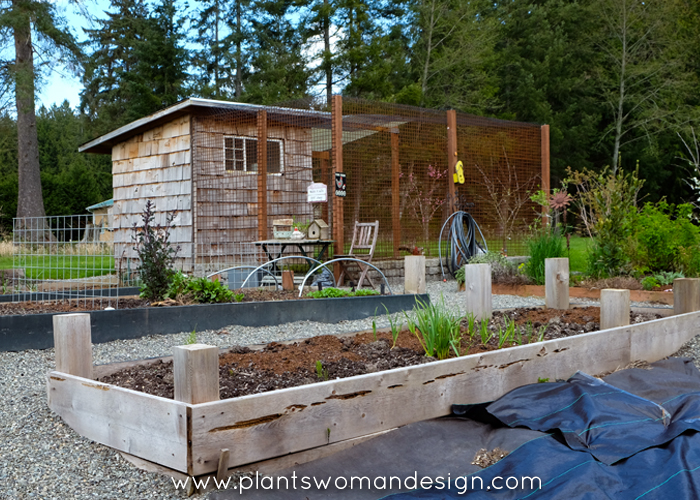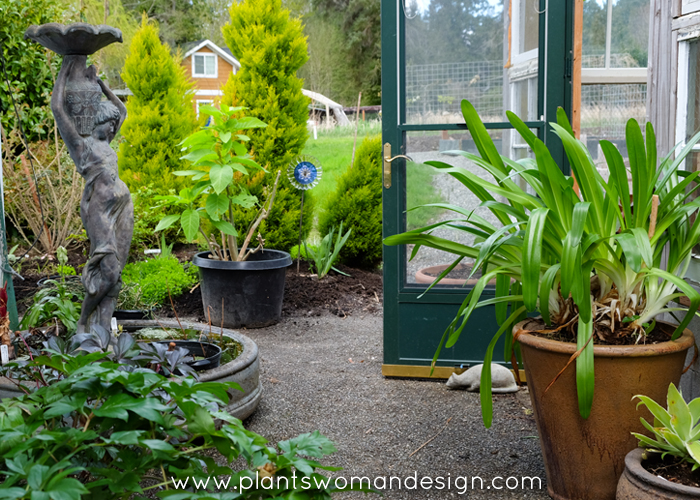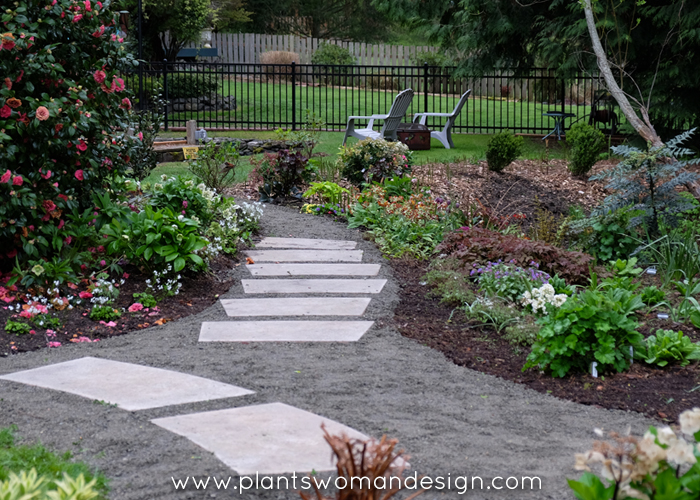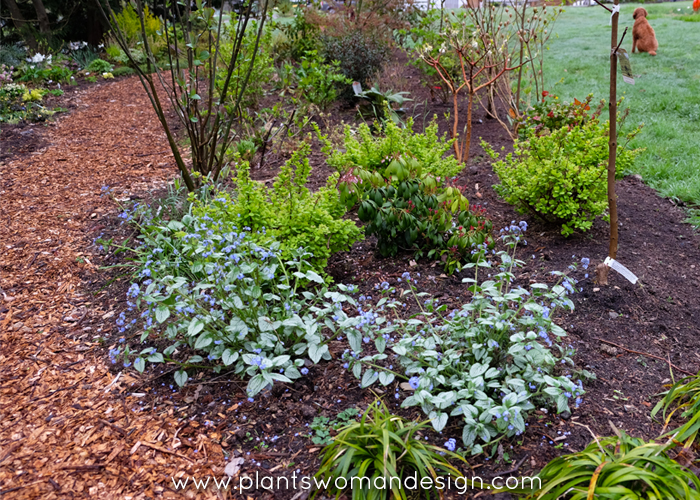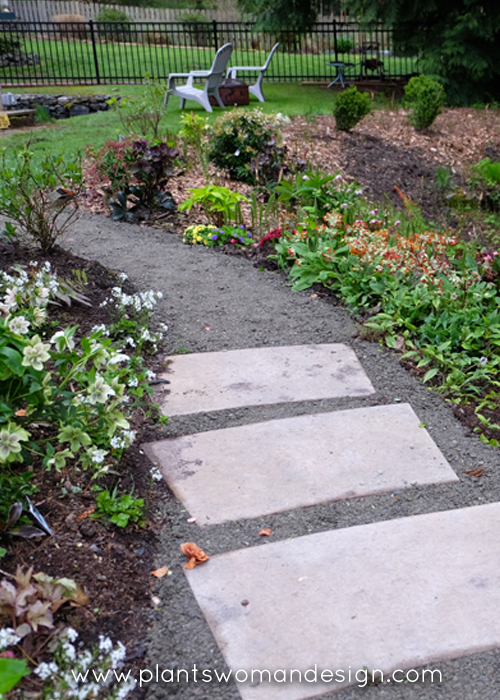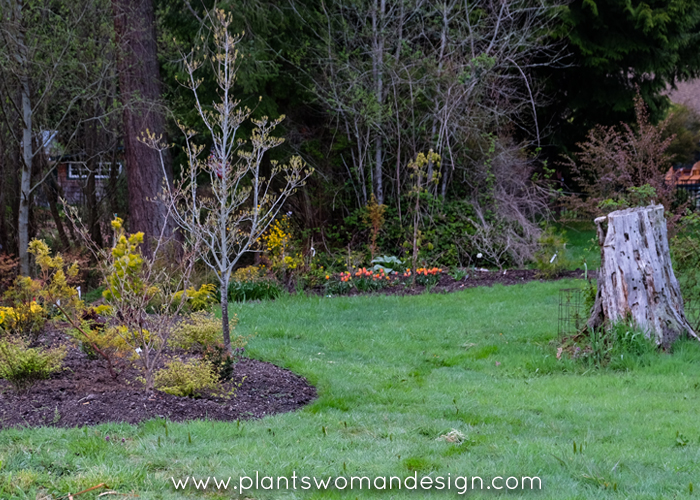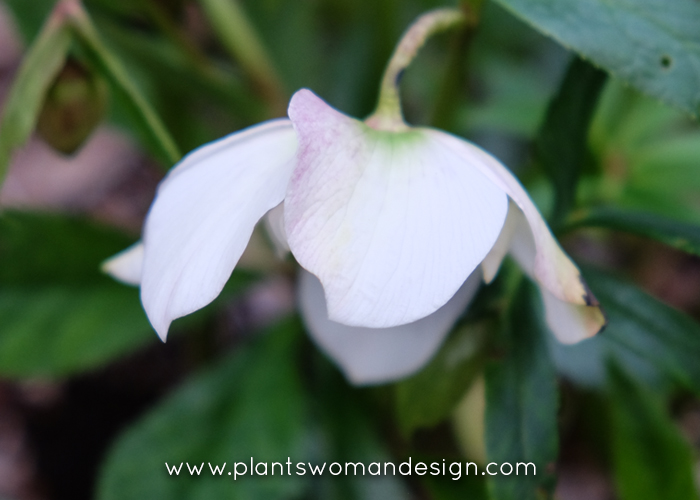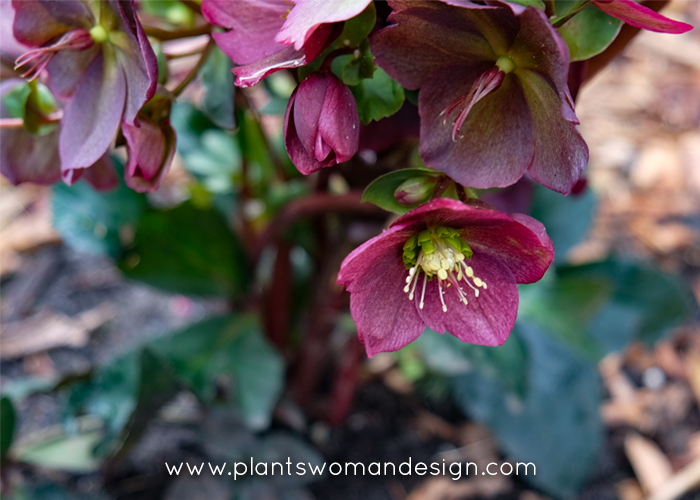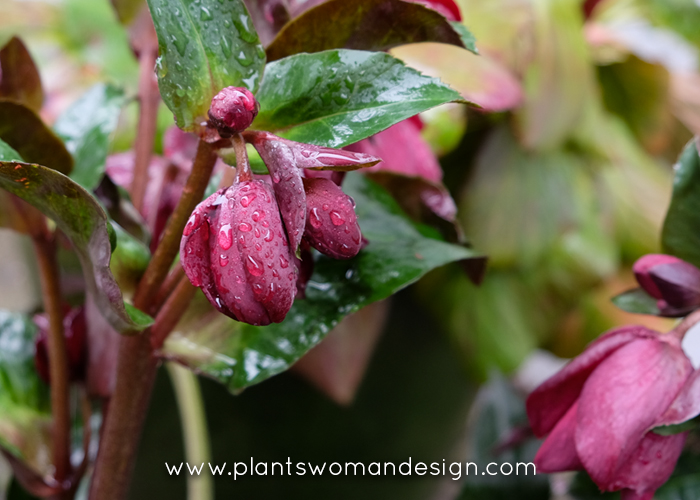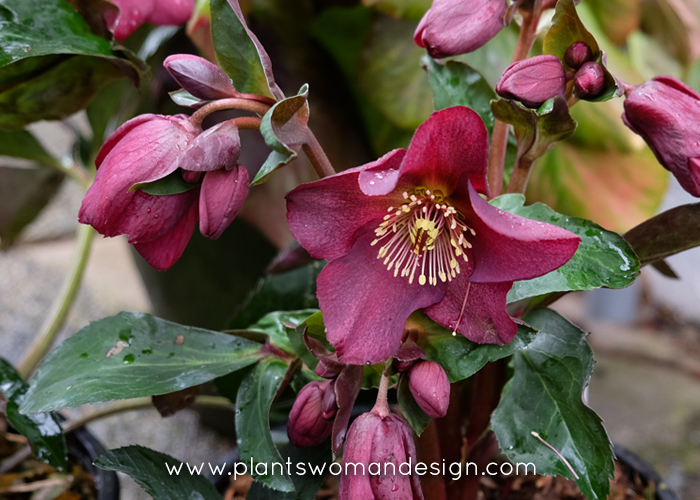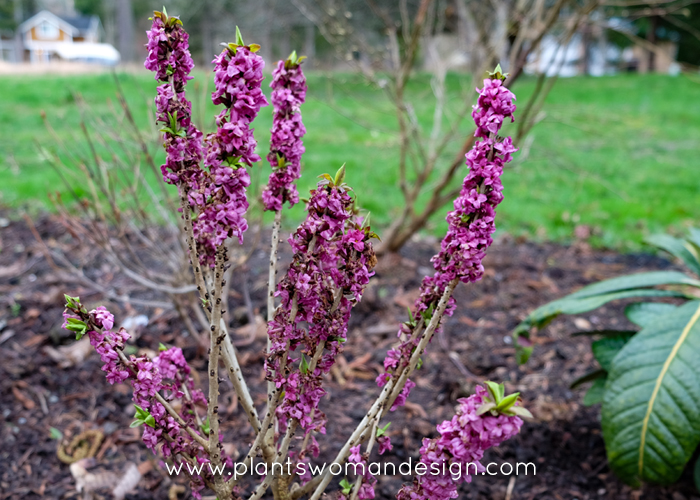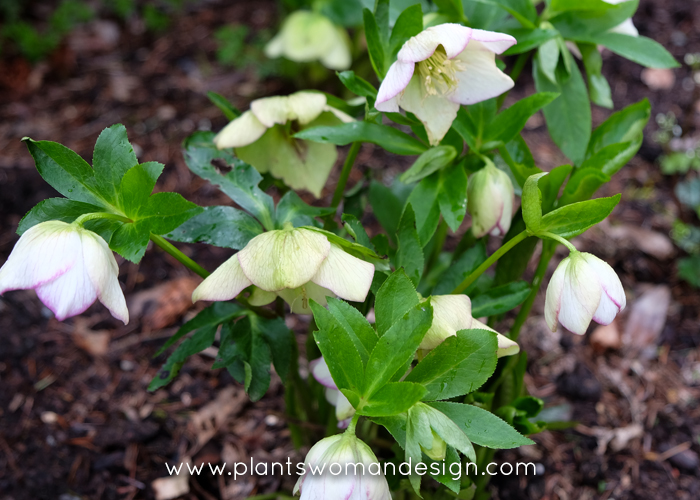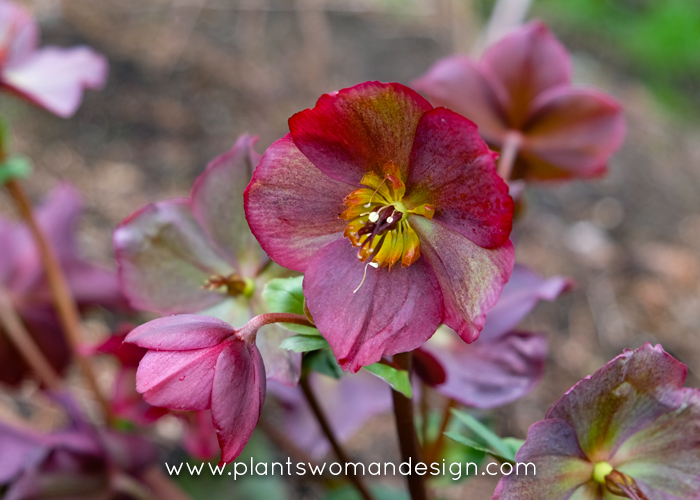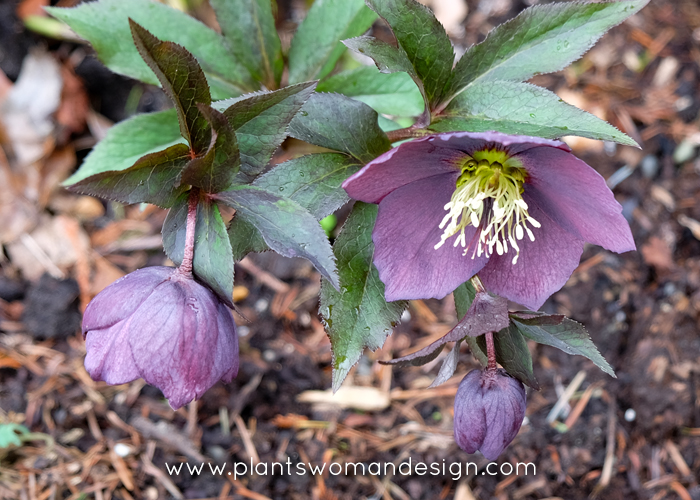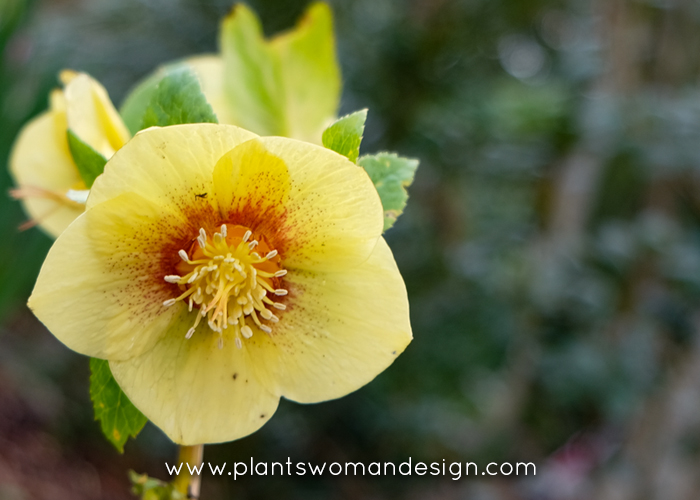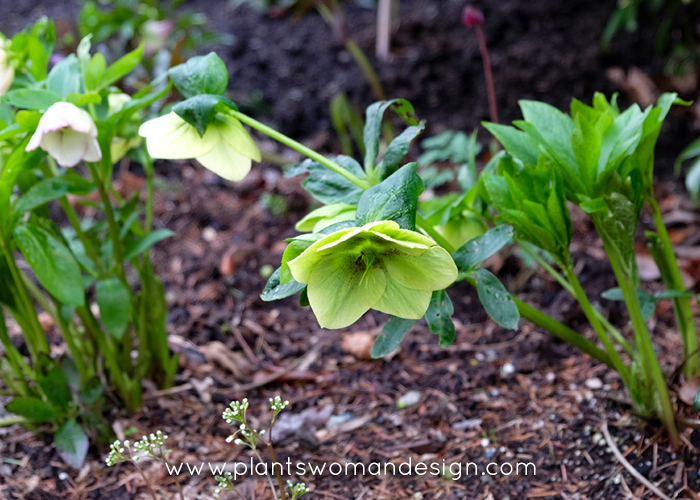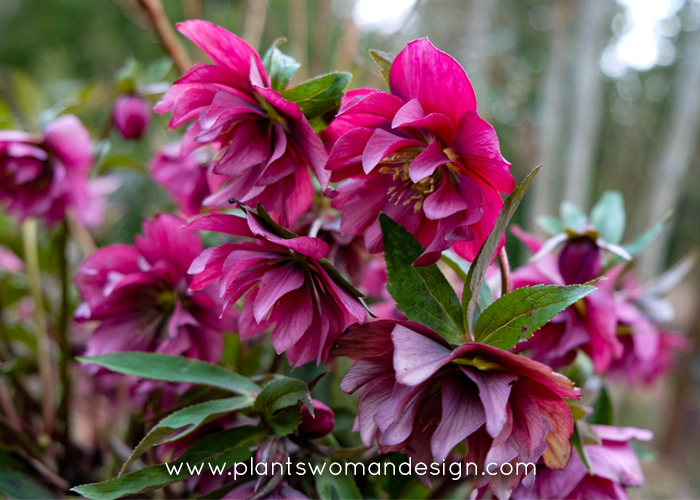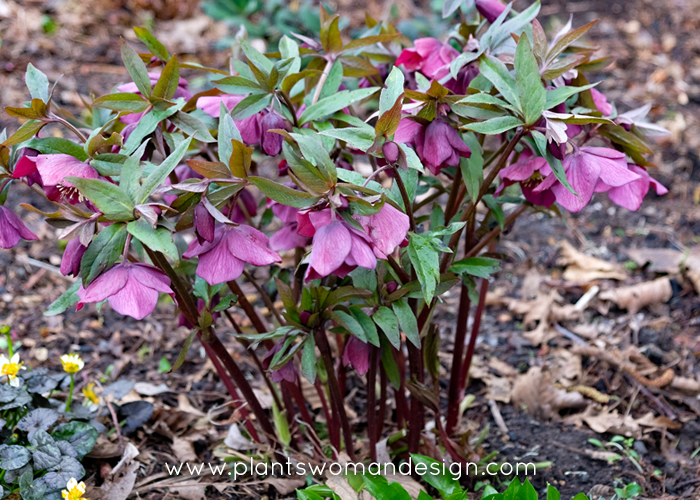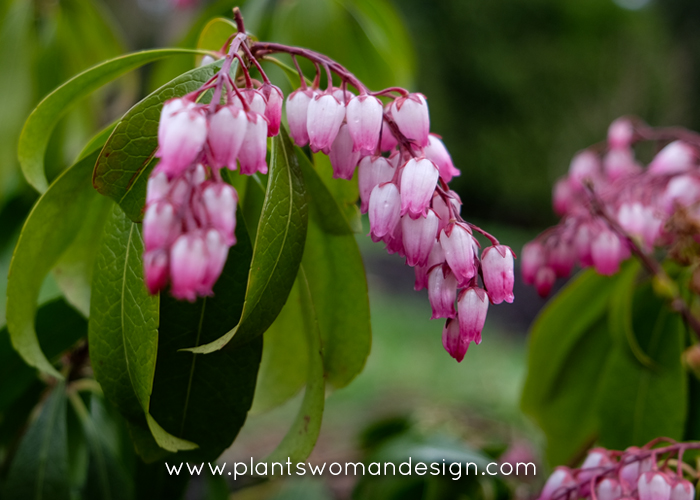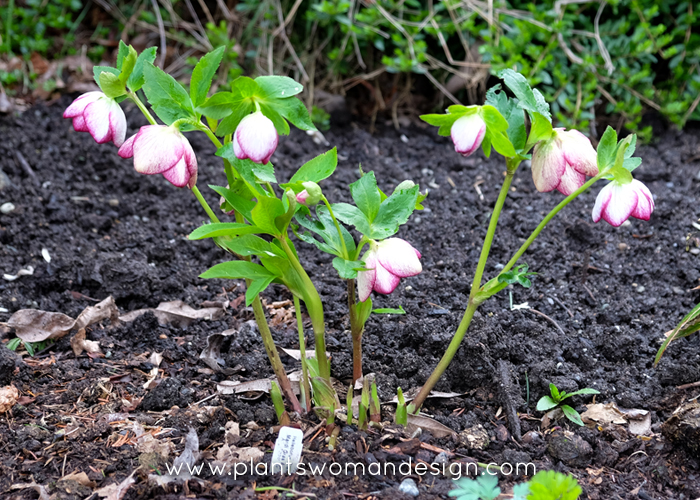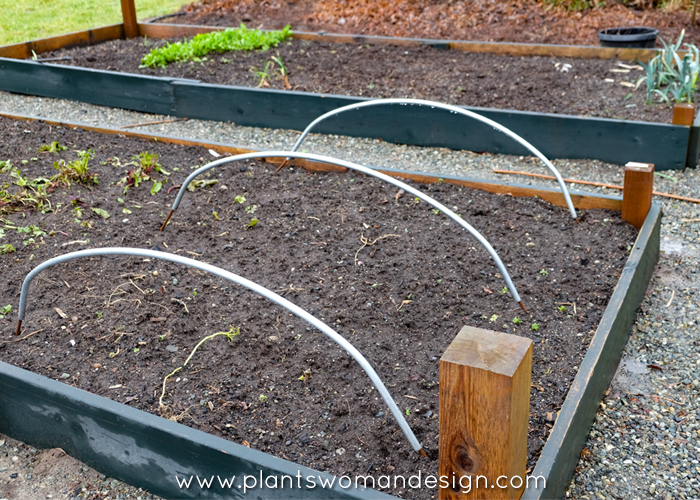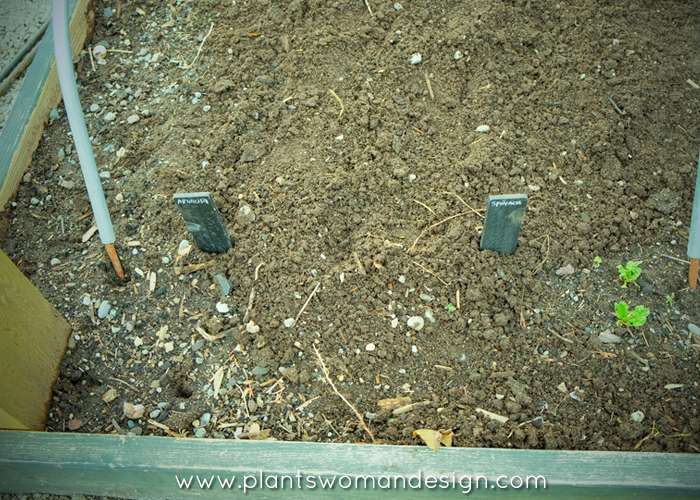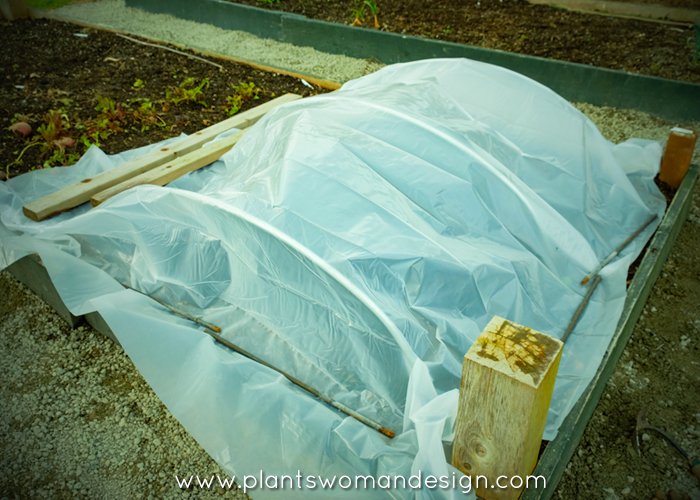Autumn Garden Checklist | 2020
After a so-so summer, fall seems to be walloping me. I HATE wearing socks, putting on long sleeves, and even wearing long pants again. Even though I love being a ‘Child of Winter’ (Warren Miller ski film term), I think I may also be a Child of Summer. The fall winds are throwing branches and trees down already, and the tomato crop is furiously producing fruit, almost as if it knows the time is limited.
As the season pushes through the remains of summer, I start to think of the things I need to get ready to do for fall. Everybody’s list is a little different but gardening tasks never really cease. They just change.
One big discussion among gardeners the last couple of years is the necessity or not, of cutting back and cleaning up the garden before winter. There are strong opinions on both options. Every garden is different, so treat your garden individually.
Clean-up
In my garden, I do not cut back perennials until the first frost. Then I know that the plant is dormant and that cutting it back will not spark new growth that could damage the plant when the frost hits.
I do not cut back anything in the garden that has a seed head on it. I love to let the wildlife in my garden forage for seeds during the winter. Great to watch and good for them as well.
I do let the leaves in the beds lay on the ground all winter. It protects the soil and keeps it warm and weed-free. It is important to clean them up early in the spring to destroy overwintering slugs and snail homes. In my climate, that is as early as February. The exception to this is where the big maple grows. It can easily smother the plants with 4-6 inches of leaf matter. Placing these leaves in a pile, in a sheltered location away from strong winds, will create excellent leaf mold by this time next year.
Finish the last bit of weeding and mulching. If the garden is weedy at the onset of winter, the weeds will remain and gather strength through the fall and winter. Just like fall planting, their roots grow well in the fall and winter. Getting your areas weeded through will give you a head start on spring.
Clean tools, add some oil to prevent rust and put away sprinklers and hoses for the winter. I usually note what I need to buy in the spring as far as replacements go. You can do this on a rainy day when you can’t go outside.
Mulching:
Every bed in my garden benefits from new mulch, and I like to mulch with compost in the fall and spring. I use a thin layer in established beds. This year, I have been spreading mulch throughout most of the year because I have so many new beds. When planting a new bed, I spread mulch as the final top dressing. Which will mean I won’t have to use much in the way of fertilizers in the future. Healthy soil is the best way to have an incredible garden. Always be careful not to get mulch on the trunk (or crown) of your plants. This soft, wet material can cause the plant to die from rot.
Seeds
Collecting seeds from plants now is an easy way to have free plants next year. Dry days are necessary to collect seeds, and a dry place to help them completely dry is equally important. I use my greenhouse tables to dry seeds for storage. Seed storing envelopes are available online. Be sure to label each seed packet with type, date, and sun/shade.
Greenhouse:
If you have a greenhouse, it needs to be cleaned out and hosed out. If you have had problems with pests, a good cleaning with an environmentally friendly disinfectant will ensure a successful winter. My greenhouse will overwinter tropicals and other non-hardy plants. Most of the summer, it houses my orchids but remains mostly empty. I clean pots and get rid of dead plants, clean the glass, and check the insulation.
Pruning:
Usually, I wait to prune until the plants lose their leaves and go dormant. You can easily see the structure of trees and shrubs when the leaves are gone. Building a good framework is essential for the overall health of the plant.
Compost
Speaking of compost, now is the time to add to the pile. I actually have two separate piles of compost. One is weeds and invasive plants, which I let grow and remove at the end of the year or whenever it gets large. I don’t attempt to compost weeds because I have horsetail on my property, and I want it gone. My actual compost pile is vegetables, leaves, pruning bits, and some grass. I build layers with cardboard and will use the finished compost in the spring. Many years I add Black plastic over the top to help heat it up and keep it from getting too wet (I live in a damp climate). When I remove it, the compost looks fantastic.
Enjoy the Season
Enjoy the beautiful season. Collect and gather leaves, nuts, seed heads, and see the fabulous world in your garden go dormant. Take a hike to see massive amounts of leaves in color, and the freshening of the forest as the mushrooms re-emerge, and mosses start to grow again.
Get In Touch
(206) 842-2453
info@plantswomandesign.com
Bainbridge Island, WA
Let’s Build Your Dream Garden Together

